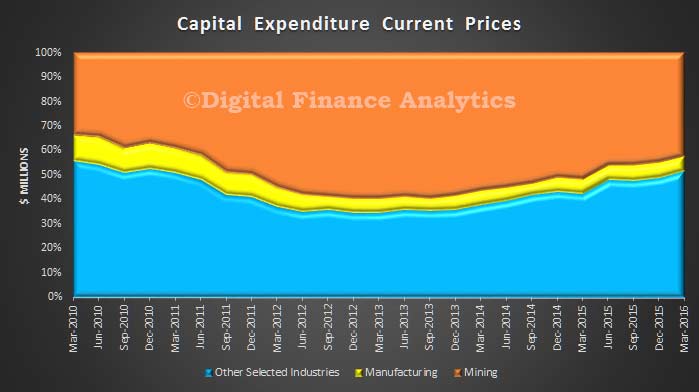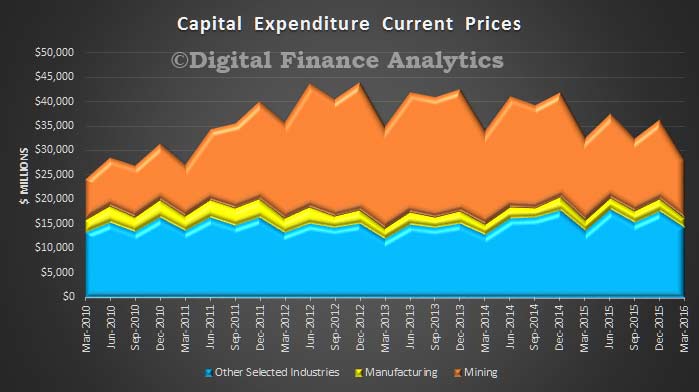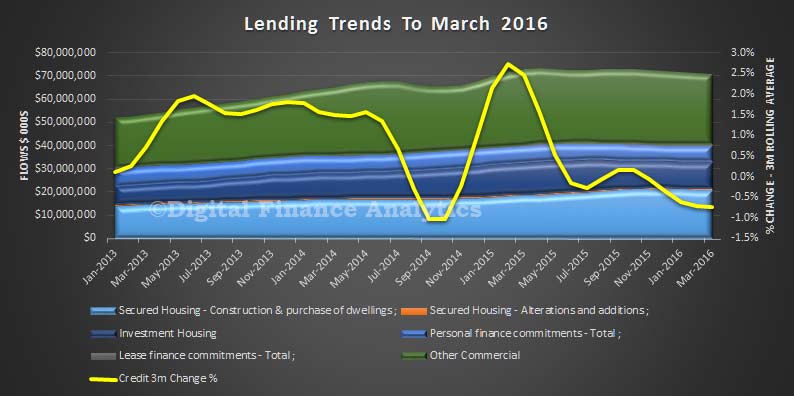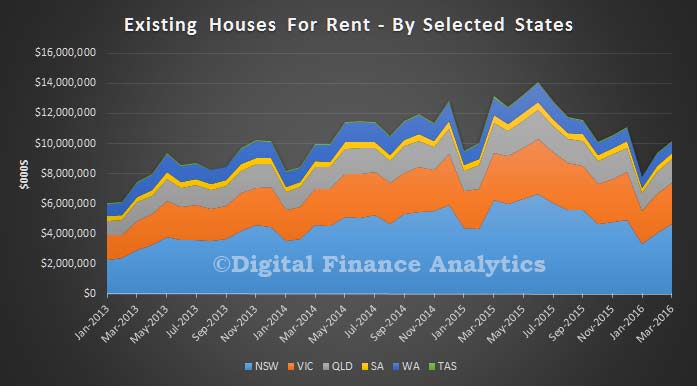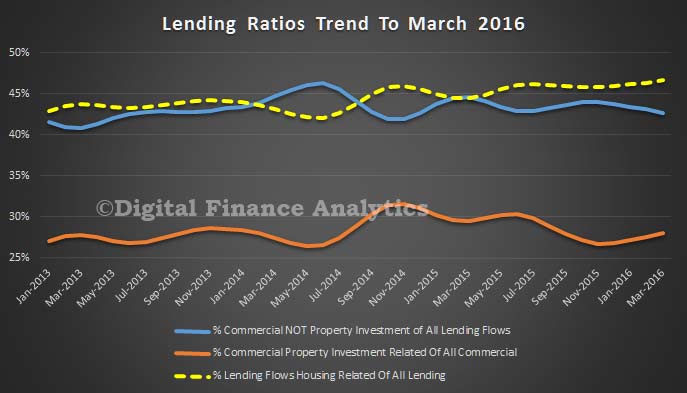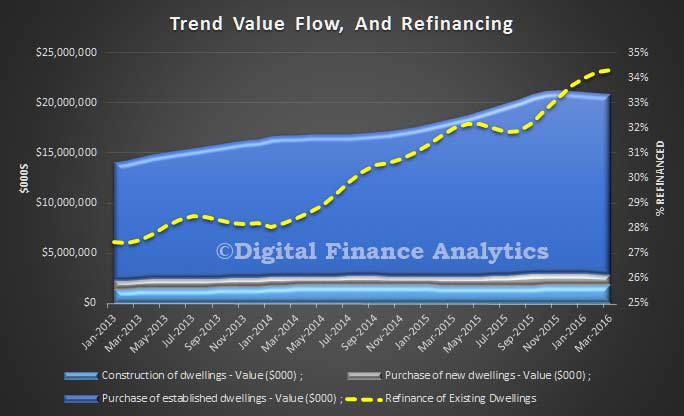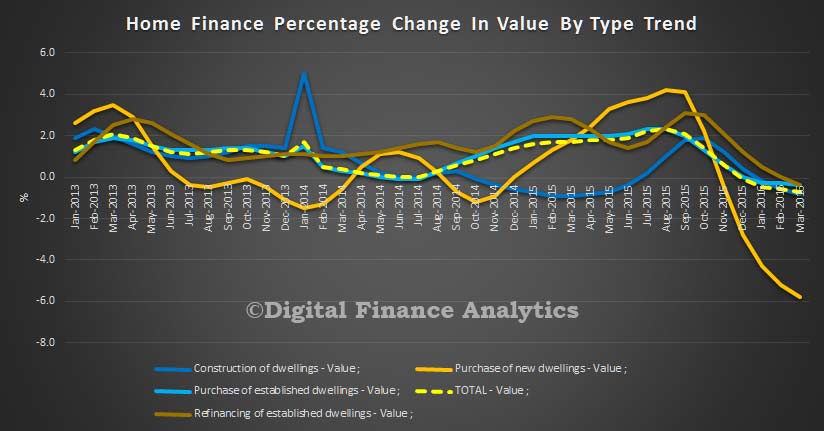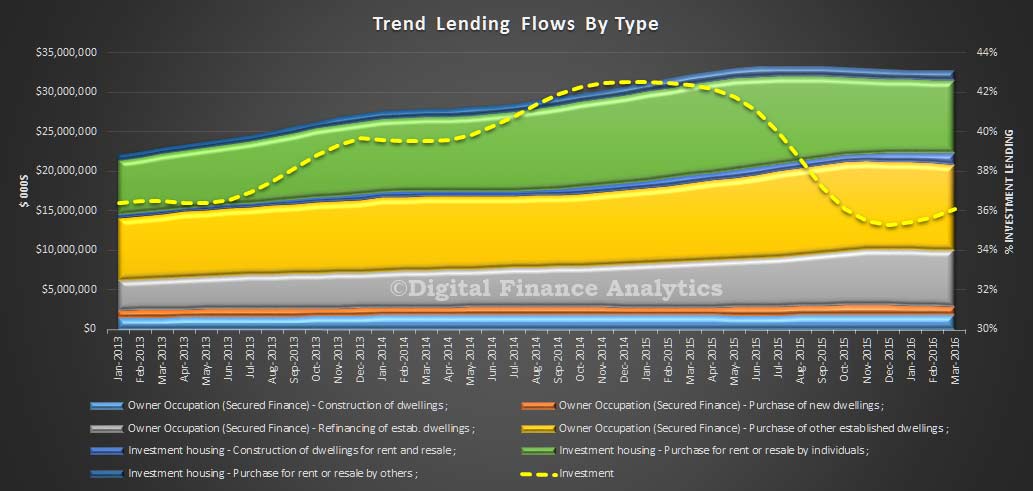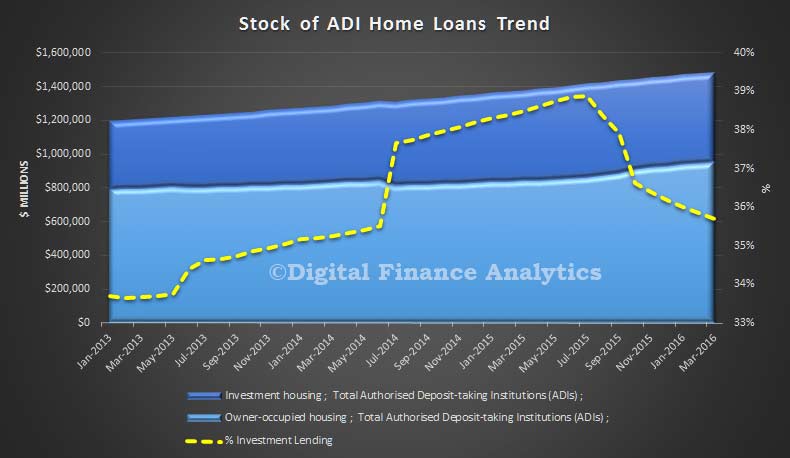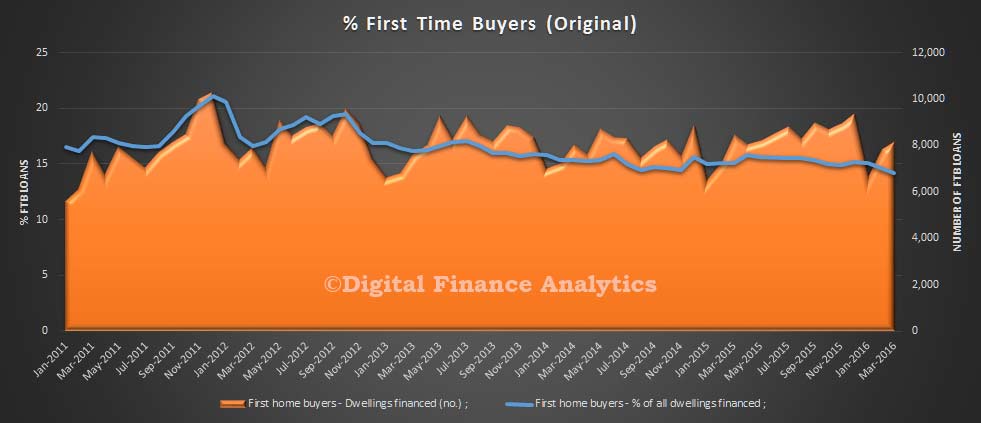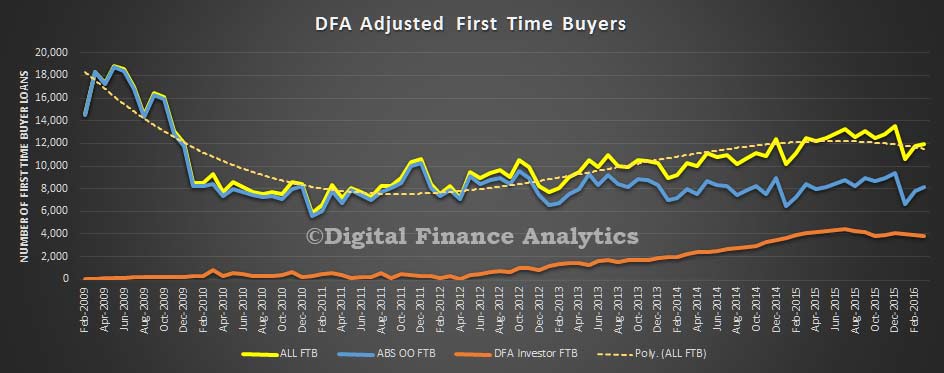Latest data suggests that the GDP number will be higher than expected – with a 1.1% growth, compared with an expected 0.7%. If so, then momentum is stronger than many thought, and it may require some revisions to expectations.
The current account deficit decreased $1,837 million (eight per cent) to $20,794 million in the March quarter 2016 in seasonally adjusted, current price terms, according to latest figures from the Australian Bureau of Statistics (ABS).
Exports of goods and services fell $578 million (one per cent) and imports of goods and services fell $3,402 million (four per cent). The primary income deficit rose $979 million (nine per cent).
In seasonally adjusted chain volume terms, the net goods and services surplus rose $4,731 million (60 per cent) to $12,611 million in the March quarter 2016. This is expected to contribute 1.1 percentage points to growth in the March quarter 2016 volume measure of Gross Domestic Product.
Australia’s net International Investment Position was a liability of $1,012.1 billion at 31 March 2016. This was an increase of $51.4 billion (five per cent) on the revised 31 December 2015 position of $960.8 billion. Australia’s net foreign debt liabilities increased $9.2 billion (one per cent) to a net liability position of $1,027.8 billion. Australia’s net foreign equity assets decreased $42.2 billion (73 per cent) to a net asset position of $15.7 billion at 31 March 2016.

